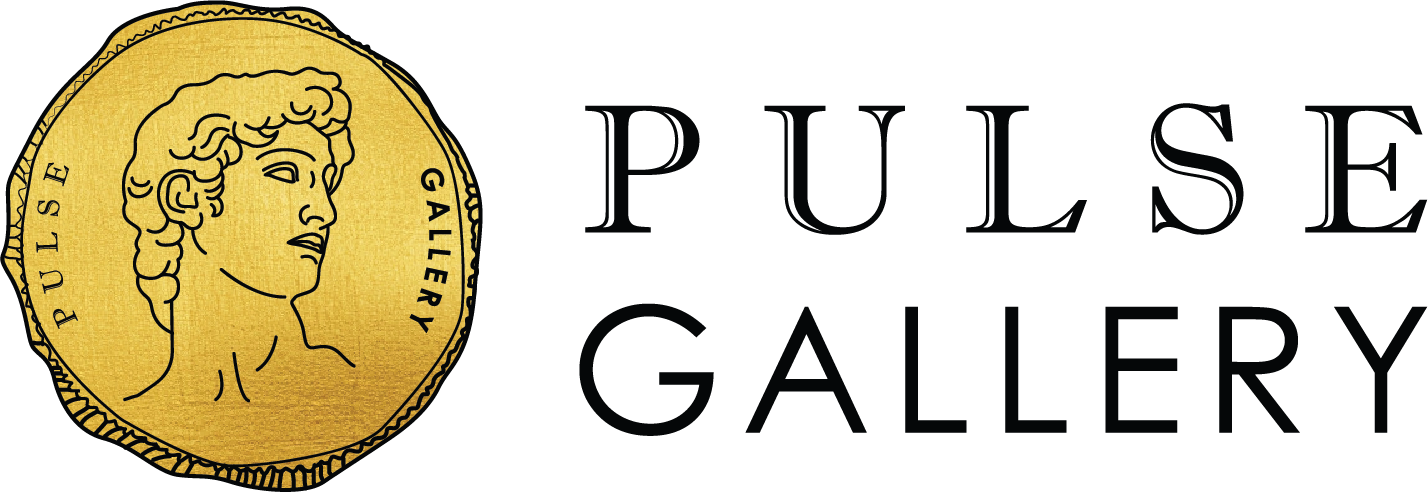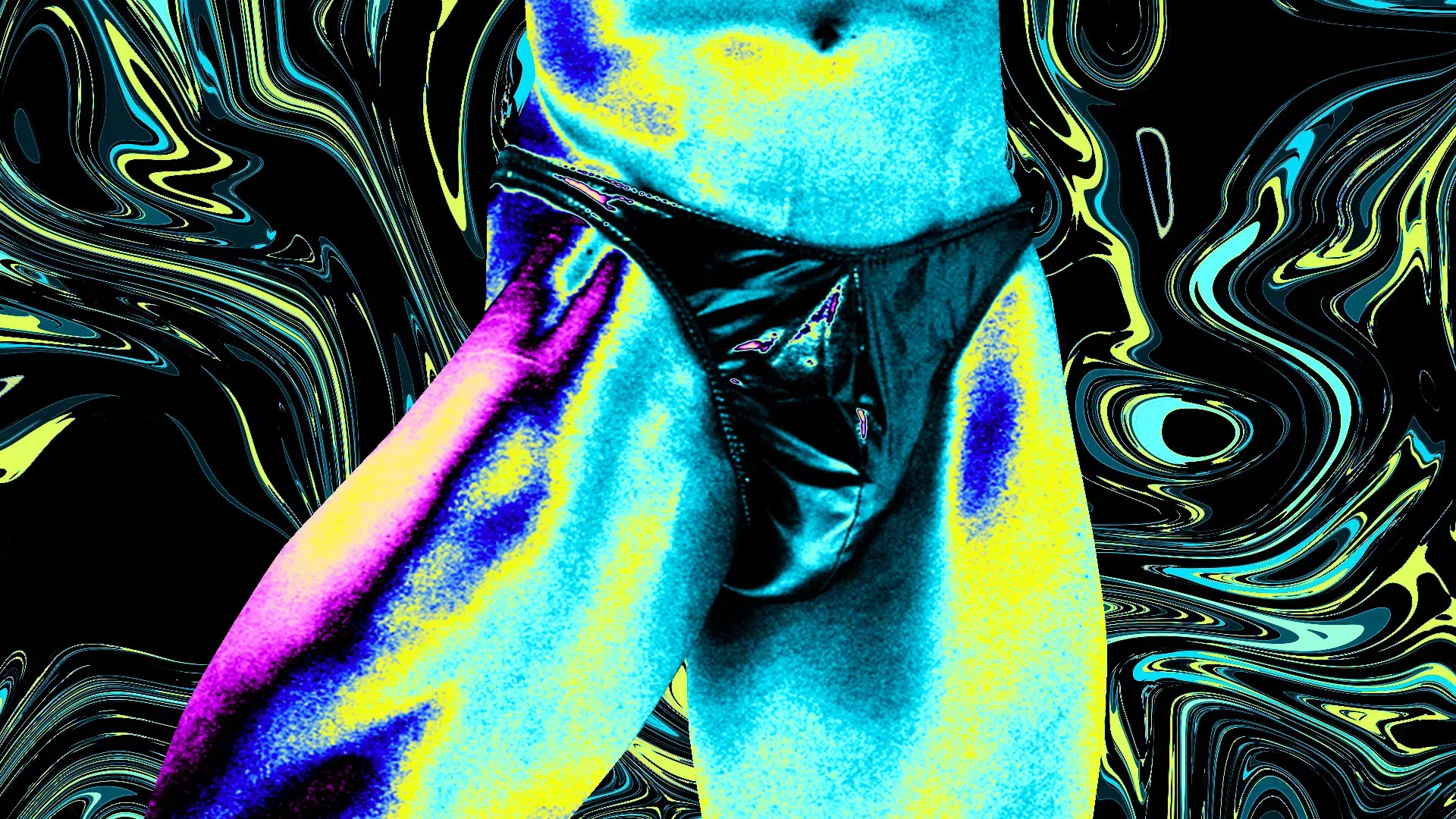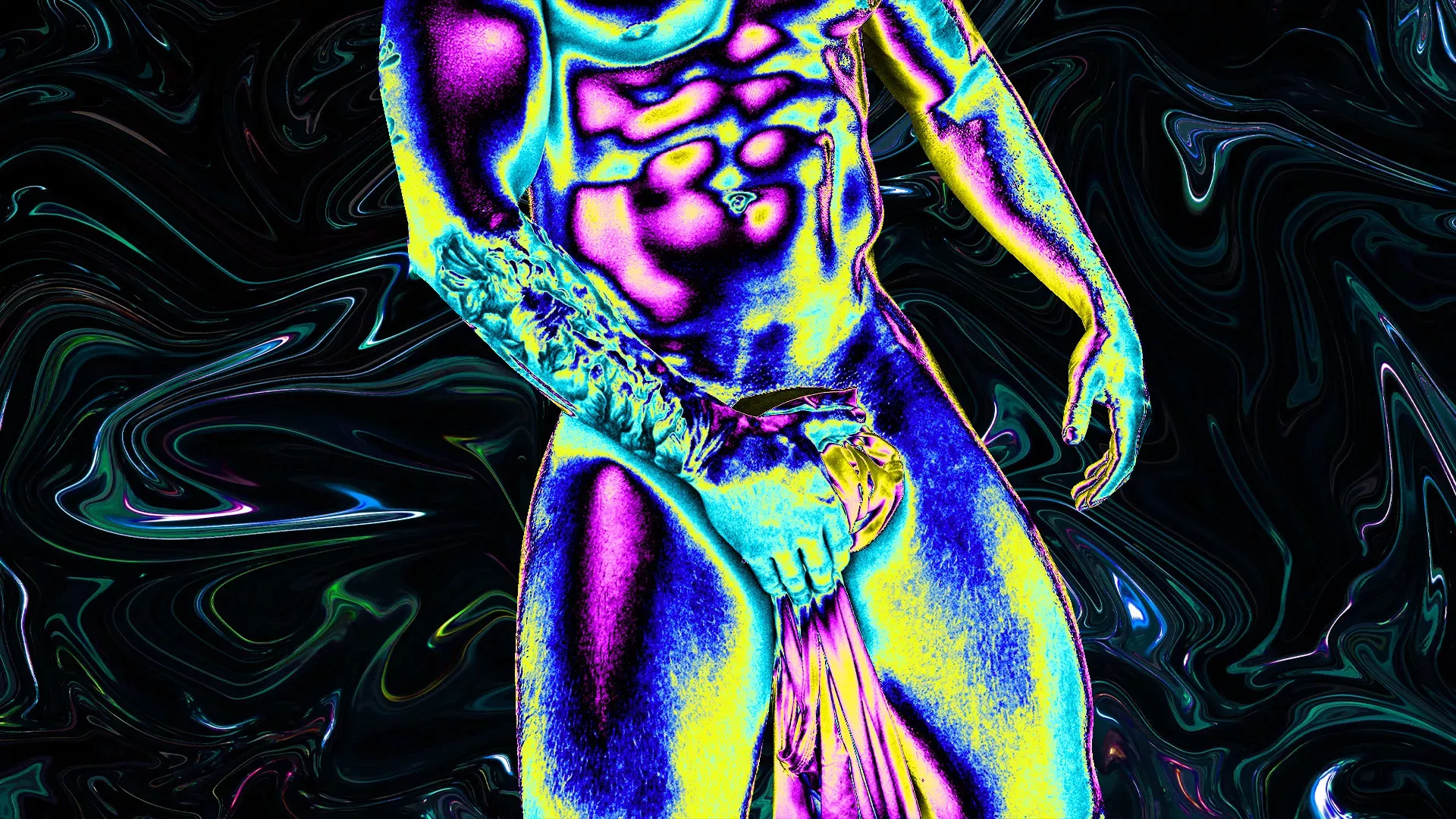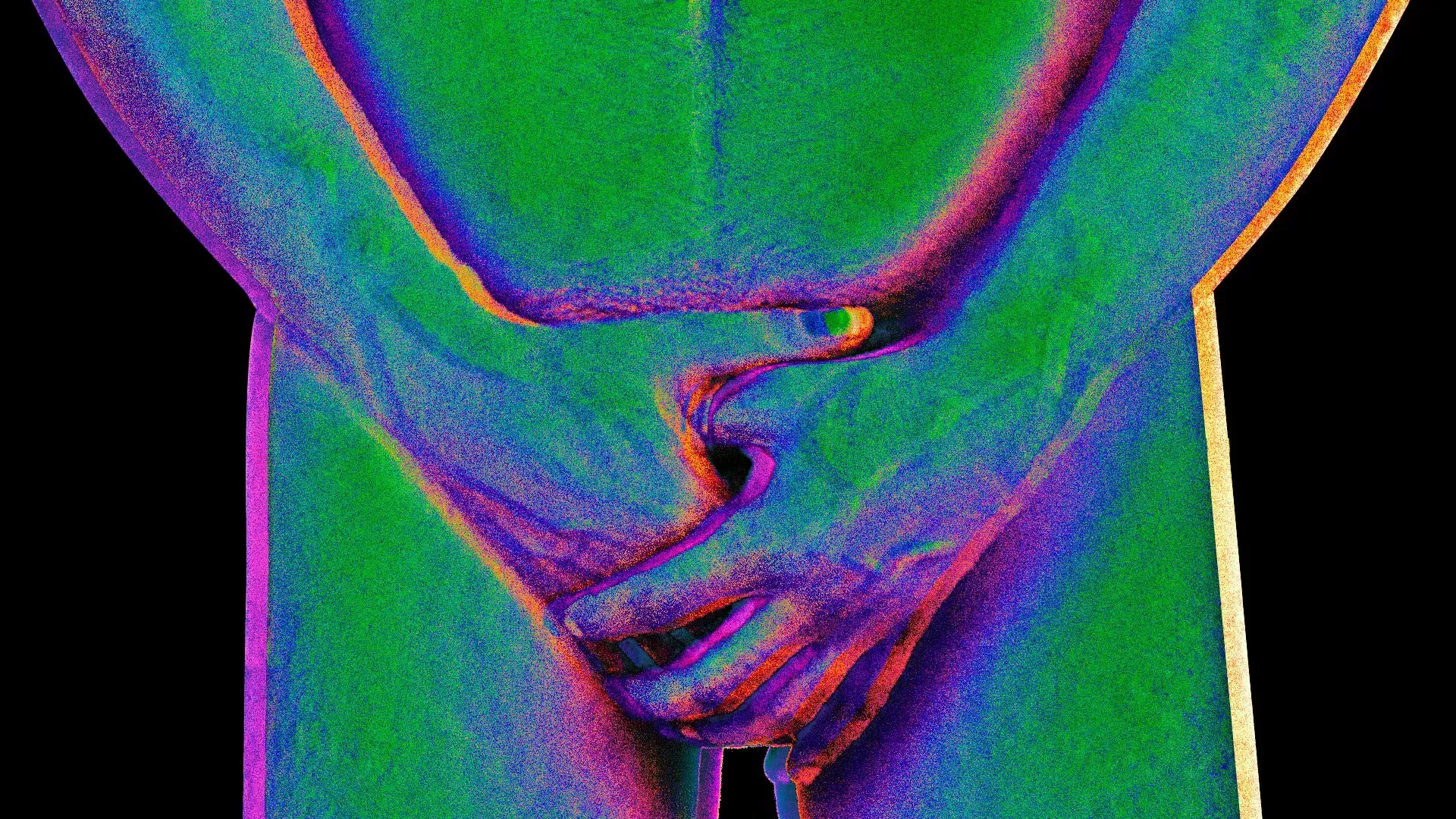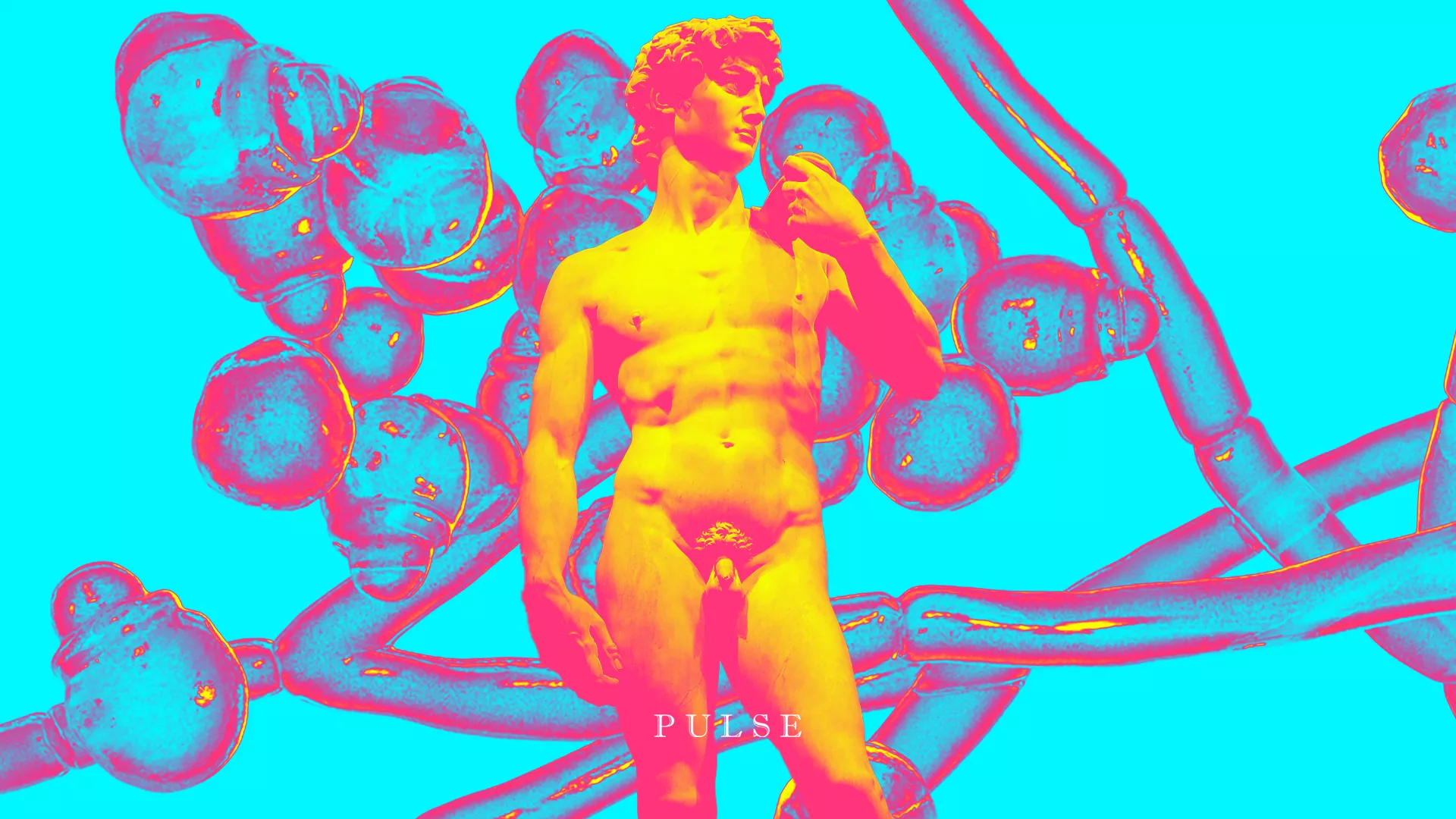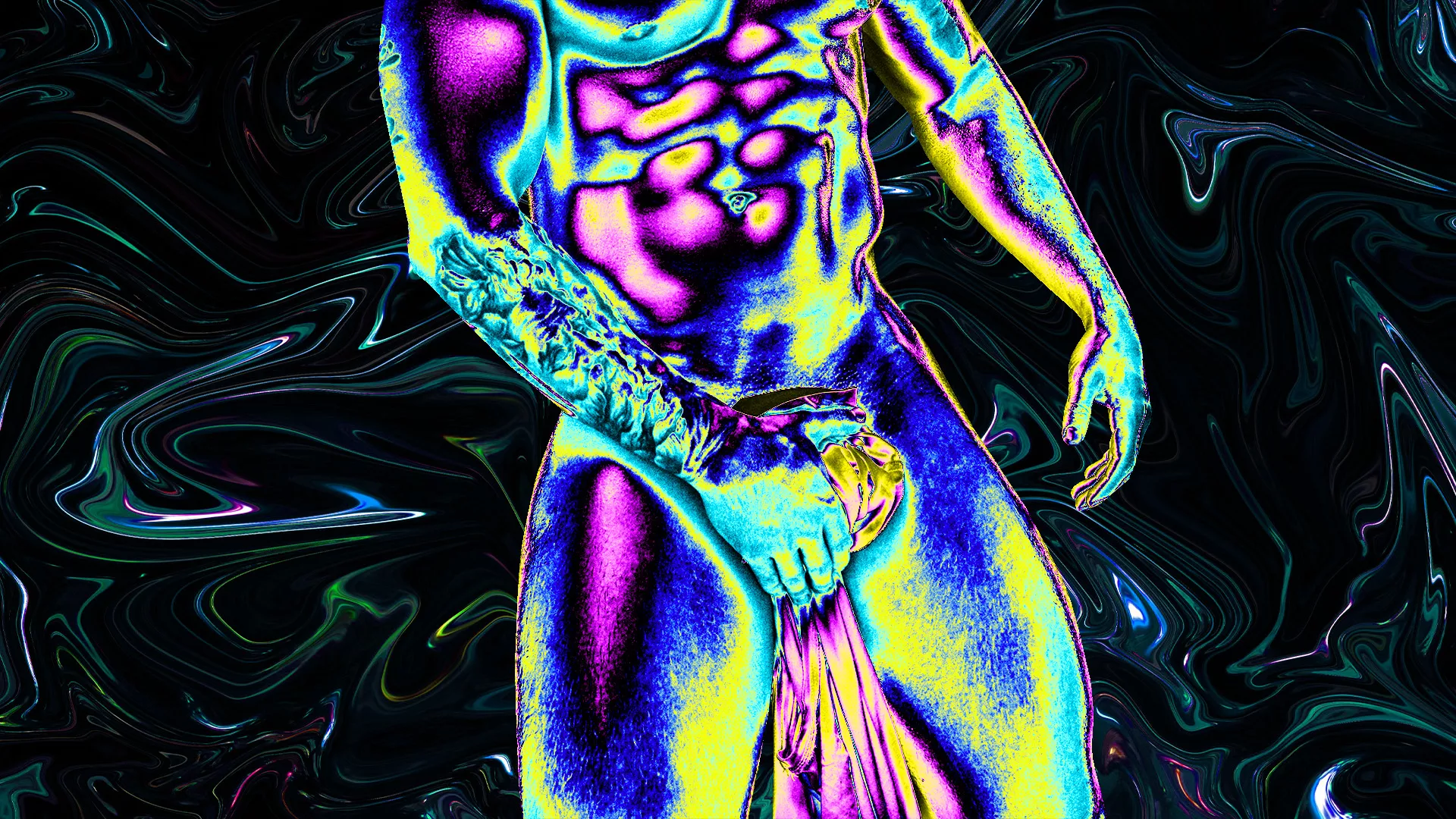Andropause (Male menopause) Treatment in Bangkok, Chiang Mai, Pattaya, Phuket, Koh Samui Thailand
2493
Learn about male menopause. Who might have andropause? What are the symptoms of andropause? What are the possible treatments? Where can it be treated?

What is Andropause? - Get Andropause Treatment in Bangkok, Chiang Mai, Pattaya, Phuket, Koh Samui (Thailand)
Andropause, sometimes referred to as male menopause, describes the gradual decline in male hormone levels, particularly testosterone, as men age. While the decrease isn't as sudden or dramatic as what women experience during menopause, men typically begin to notice symptoms of andropause in their late 30s to early 50s.
Common signs include fatigue, mood changes, and reduced libido. Simple lifestyle changes, such as regular exercise and a balanced diet, can help manage these symptoms. In some cases, doctors may recommend testosterone replacement therapy to effectively treat and manage andropause.
Andropause is a natural part of aging for men, but its symptoms can be effectively managed. There are many treatment options available to help alleviate andropause symptoms, including testosterone replacement therapy.
If you're considering hormone replacement therapy or want to learn more about managing andropause, contact us at info.bkk@pulse-clinic.com or chat on your preferred platform:
![]() +66 65 237 1936
+66 65 237 1936  @PULSEClinic
@PULSEClinic ![]() PulseClinic
PulseClinic
What Causes Andropause? Why Do Men Experience It?
As men age, their bodies naturally produce less testosterone, leading to a condition known as andropause. While this decline is a normal part of aging, certain lifestyle factors can accelerate the drop in testosterone levels. Key contributors to lower testosterone include:
- Lack of sleep
- Inactivity or lack of exercise
- Depression
- Chronic stress and anxiety
- Smoking
- Excessive alcohol consumption
By addressing these lifestyle factors, men can help manage and reduce the impact of andropause symptoms.
Is Andropause a Disease? Understanding This Natural Aging Process
Andropause is not classified as a disease; rather, it is a natural phase of aging in men. The symptoms associated with andropause are manageable, and many can resolve on their own without treatment. It's important to recognize that andropause is a normal part of the aging process, and there are various strategies to cope with the changes in your body. However, it's crucial to be aware of symptoms that may indicate a more serious condition, so you know when to seek medical advice.
Add us on Line and stay in touch.
Common Symptoms of Andropause: What to Watch For
Andropause can manifest in various ways, and men experiencing this natural aging process may encounter several common symptoms, including:
- Mood swings
- Depression
- Insomnia
- Erectile dysfunction
- Decreased libido (loss of sex drive)
- Loss of muscle mass
- Fatigue or lack of energy
- Increased abdominal fat or gynecomastia (man boobs)
- Poor concentration
- Forgetfulness
In addition to physical changes that can impact mental health, the decrease in male hormones during andropause can increase health risks, particularly for the skeletal and cardiovascular systems. This may result in a higher risk of developing heart disease and an increased likelihood of injury.
How to Determine If Testosterone Replacement Therapy (TRT) is Right for Your Andropause
To diagnose testosterone deficiency syndrome (TDS), a doctor will typically review your medical history and perform a physical exam. Blood tests are often ordered to measure testosterone levels, as these levels can fluctuate throughout the day due to factors like age, body weight, and medications. Because of this variability, multiple blood tests may be required to confirm a diagnosis of TDS.
In some cases, additional tests may be needed to rule out other conditions with similar symptoms, such as pituitary gland disorders, chronic illnesses, or the side effects of certain medications.
Testosterone Replacement Therapy (TRT) for Andropause: What You Should Know
If you are experiencing symptoms of andropause, it's crucial to seek a professional diagnosis. A blood test can determine testosterone deficiency, which is essential for receiving appropriate treatment. Testosterone Replacement Therapy (TRT) may help alleviate andropause symptoms by restoring hormone levels to a more balanced state.
Medications Commonly Used in Testosterone Replacement Therapy (TRT)
Testosterone Replacement Therapy (TRT) involves replacing the body's missing testosterone to help alleviate the symptoms of andropause. There are several different types of testosterone replacement therapy available in Thailand.
- Testosterone gel is applied to the skin in the form of a gel, patch, or cream. It is absorbed through the skin into the bloodstream. One of the most popular topical testosterone treatments is AndroGel.
- Testosterone injection can be injected into the muscle or under the skin. Injections may be given every two to four weeks. There are many types of injectable testosterone, such as Nebido and testosterone cypionate.
Potential Side Effects of Medications Used in Testosterone Replacement Therapy (TRT)
However, it's important to be aware that the risks associated with TRT can outweigh the benefits if not managed correctly. Potential side effects of testosterone therapy include:
- Elevated cholesterol levels
- Impaired fertility
- Hypertension (high blood pressure)
- Formation of blood clots
- Reduced testicle size
- Breast enlargement (gynecomastia)
While TRT is a standard treatment option for men undergoing andropause, your healthcare provider may also recommend lifestyle changes to further support symptom relief.
Lifestyle Adjustments to Alleviate Symptoms of Andropause
When it comes to treating andropause, several options are available, with testosterone injections being one of the most common methods. However, lifestyle adjustments often play a crucial role in alleviating symptoms and improving overall health. Key lifestyle changes that can help manage andropause symptoms include:
- Healthy eating: Focus on a balanced diet rich in nutrients.
- Getting enough sleep: Prioritize rest to support hormone levels.
- Regular exercise: Engage in physical activity to boost energy and mood.
- Stress reduction: Practice mindfulness or relaxation techniques.
In some cases, lifestyle changes may not fully address andropause symptoms. If your symptoms persist, it could indicate hypogonadism, a condition where the body produces little or no testosterone.
Hypogonadism can be congenital or develop later in life, especially in individuals with type 2 diabetes or those who are overweight. While both andropause and hypogonadism lead to lower testosterone levels, hypogonadism is not a normal part of aging and may require hormone replacement therapy for effective treatment.
Additionally, testosterone replacement therapy can increase the risk of heart disease, stroke, high cholesterol, and liver disease, and may contribute to prostate enlargement. Regular follow-up appointments with your doctor are essential to monitor your testosterone levels and ensure safe and effective treatment for andropause.
If you're considering hormone replacement therapy or want to learn more about managing andropause, contact us at info.bkk@pulse-clinic.com or chat on your preferred platform:
![]() +66 65 237 1936
+66 65 237 1936  @PULSEClinic
@PULSEClinic ![]() PulseClinic
PulseClinic
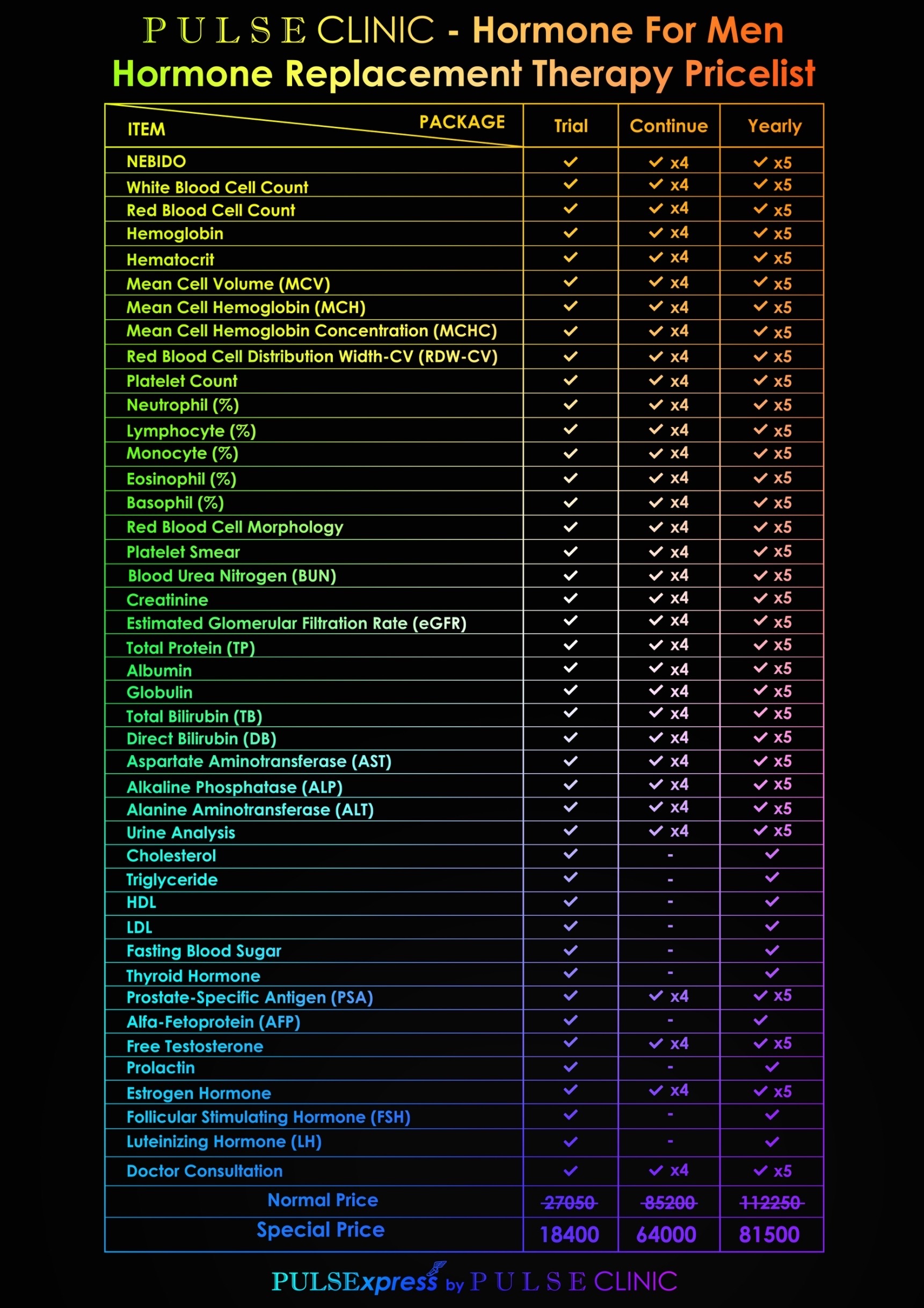
Trust PULSE CLINIC to take care of your health like other 45000 people from over 130 countries. We provide discreet professional service with high privacy. Here to help, not to judge.
Loading...
Clinic Locations
Loading...

